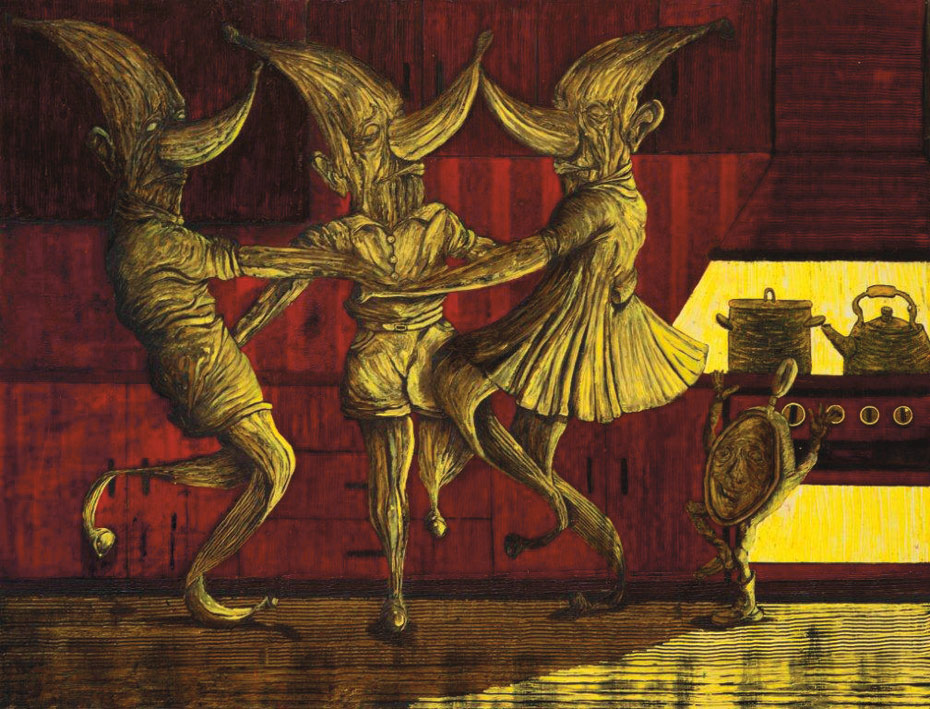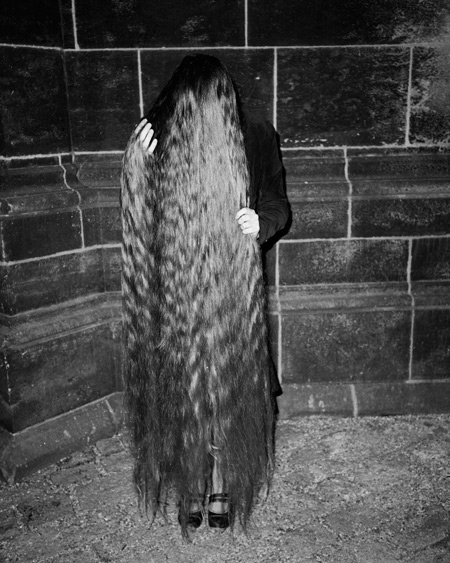New, or old? William Kherbek reviews the new collective exhibition at the Saatchi Gallery

They called themselves New Order and now they’re a by-word for retro. These are the vagaries of time and clever ideas. If the members of a band wants to reference Nazi terminology twice in a career, is it okay if they make songs as good as Love Will Tear Us Apart and Ceremony? What if you decide to name your exhibition of new British art after them? Could you be making a comment on the relative conservatism of young artists? Nazis, after all, were the original neo-conservatives. If you’re Charles Saatchi and the gang (of more than four) at the Saatchi Gallery, you have to assume no one is innocent of such implications. The Saatchi’s recently-opened show of almost twenty youngish British artists offers a number of pleasures, but you do wonder what the man who bought the shark makes of the sheer comprehensibility of the new group of artists he’s showing. Meet the New Order, (more or less) Same as the Old Order. There’s no arguing quality or skill. Nathan Cash-Davidson brings the technique, and a lush sensibility in his skilled oils of kings and icons.
It in no way detracts from the abilities of the artists to say they’re all working in fairly familiar forms. The most challenging works in terms of materials were by Alejandro Guijarro. Guijarro’s pieces consist of chalkboards appropriated from institutions of higher learning.

They are inscribed with partially-erased calculus and probability equations and thus offer a witty and genuinely evocative reimagination of the old questions of proportion and perspective in painting. In a sense they’re also the most conceptually challenging pieces as well, and I don’t mean in terms of the sigma figures and double integrals they display. If and when painting endeavours to represent the world, it contains the same kinds of relations that are depicted in the half-obscured equations but painting, by representing those relations most faithfully, as in portraiture, also disguises just as much.
James Capper’s scattered industrial implements are also deceptively complex. In a sense, their solidity and brazen functionality is what makes them interesting as art works. If you’re just seeing them as hooks and claws and digging troughs you’re not seeing them as stranded punctuation marks or new species of steel animals, or indeed, as sculptures, and that’s a leap Capper surely wants us to make. It’s not necessarily reinventing the wheel, but it’s at least reconsidering the hydraulic pincer, and that’s a lot more interesting than Blue Monday.
New Order: British Art Today runs until 28 September at Saatchi Gallery, Duke of York’s HQ, King’s Road, London SW3 4SQ




